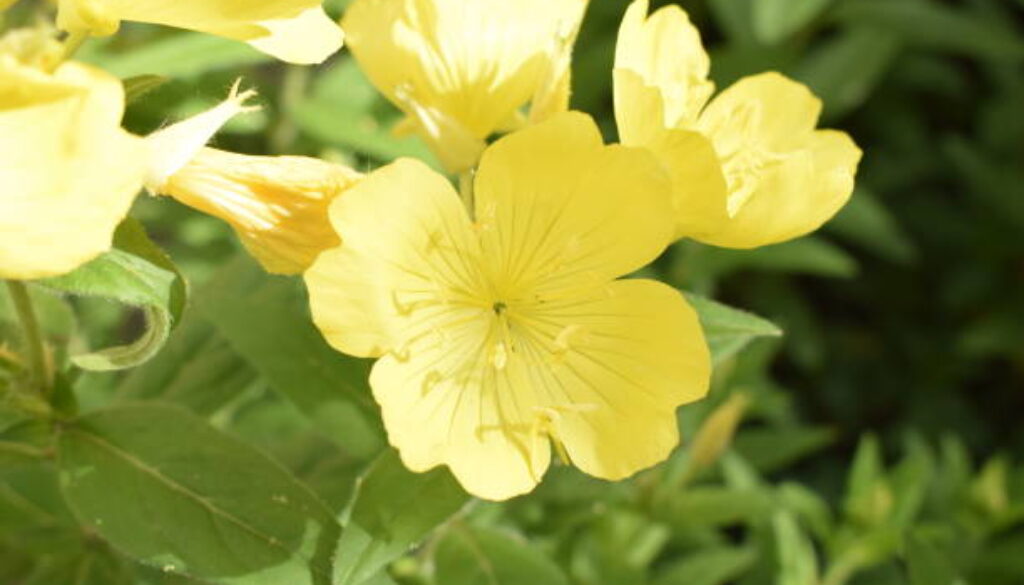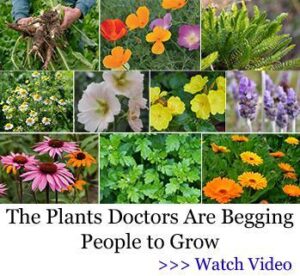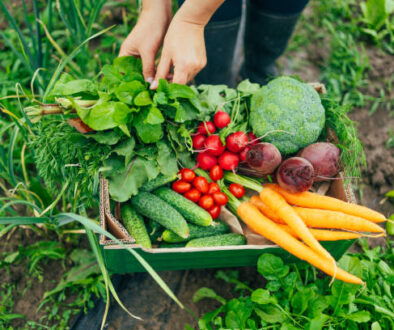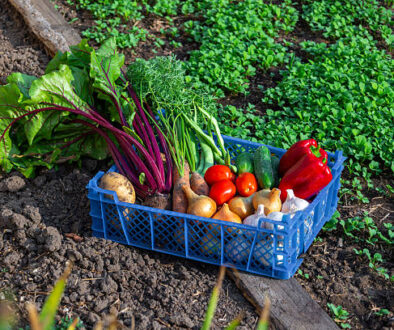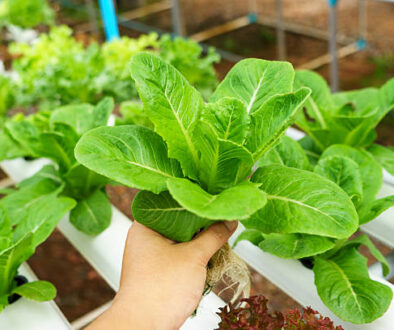12 Healing Plants Every Beginner Should Grow in Their Medical Garden
This post may contain paid and/or affiliate links. I may earn a small commission at no extra cost to you.
Starting a medical garden can feel intimidating when first starting. There are so many options for medicinal plants and healing herbs.
But the truth is, you don’t need to grow every herb in the world to get started.
Focusing on easy-to-grow, beginner-friendly healing plants can turn your backyard into a natural pharmacy while keeping things simple and enjoyable.
Here are 12 healing plants every beginner should grow in their medicinal herb garden.
1. Chamomile
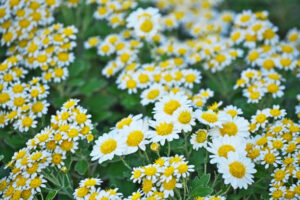
Chamomile is one of the most beginner-friendly medicinal plants. It’s perfect for calming teas, aiding digestion, and supporting restful sleep.
Chamomile thrives in sunny spots with well-drained soil, making it a perfect addition to any healing garden.
Tip: Harvest flowers when fully open and dry them for teas or salves.
Related:
- Why Having a Medicine Herbs Garden at Home is The Best Thing You Can Do
- Mistakes to Avoid When Growing a Medicinal Herb Garden
- The Most Important Plants That Are Probably Missing From Your Backyard (Medicinal Plants)
2. Peppermint
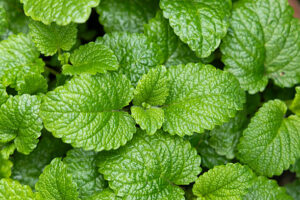
Peppermint is an easy, fast-growing herb that helps with digestive issues, headaches, and congestion.
In a medical garden, it’s best grown in pots or contained areas because it spreads quickly.
Tip: Crush fresh leaves in hot water for a soothing tea anytime.
3. Lavender
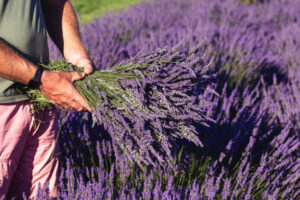
Lavender adds both beauty and healing to a medicinal herb garden.
Its antibacterial and calming properties make it ideal for teas, oils, and bath soaks. Plus, it naturally repels pests in your healing garden.
Tip: Trim flowers before full bloom to encourage continuous growth.
4. Echinacea
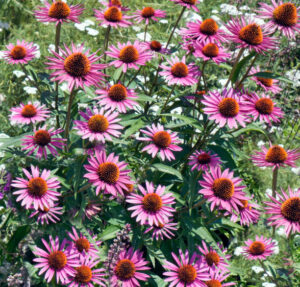
Echinacea supports immunity and helps fight off infections.
Its striking flowers also enhance your herbal medicine garden, and its roots and leaves can be used for teas or tinctures.
Tip: Plant in full sun with well-drained soil for the best growth.
5. Thyme
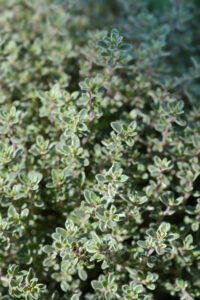
Thyme is a hardy, easy-to-grow herb with antibacterial and antiviral properties. It thrives in medical gardens, and you can use it in teas, cooking, or homemade remedies.
Tip: Snip sprigs regularly to promote bushy growth.
6. Lemon Balm
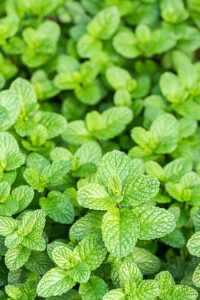
Lemon balm is known for reducing stress, promoting sleep, and easing digestion. It grows quickly in a healing herb garden and adds a pleasant lemony scent to your outdoor space.
Tip: Consider growing it in a container to control its spreading.
7. Calendula
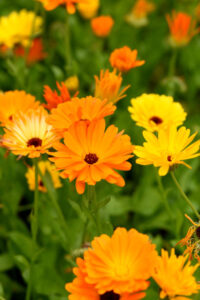
Calendula is a favorite for soothing skin irritations, inflammation, and minor cuts. Its bright flowers attract pollinators and bring color to your medicinal herb garden.
Tip: Harvest petals when fully open and dry them for long-term use.
8. Holy Basil (Tulsi)
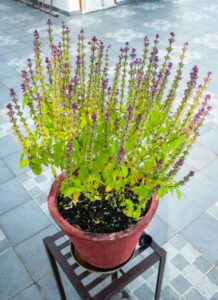
Holy basil helps the body manage stress and supports immunity. A healing garden with tulsi ensures you always have fresh leaves for teas or tinctures.
Tip: Tulsi thrives in sunny spots and regular watering; it also grows well in containers indoors.
9. Rosemary
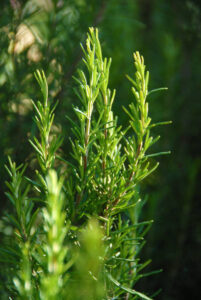
Rosemary is a resilient herb with benefits for circulation, memory, and respiratory health. It’s perfect for both culinary and medicinal use in your medical garden.
Tip: Prune regularly to keep plants aromatic and bushy.
10. Sage
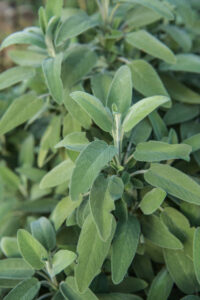
Sage is a versatile herb with antibacterial and anti-inflammatory properties. Its leaves can be used in teas, cooking, or natural remedies, making it a must-have in a herbal medicine garden.
Tip: Sage prefers sunny, well-drained soil and benefits from occasional pruning.
11. Aloe Vera
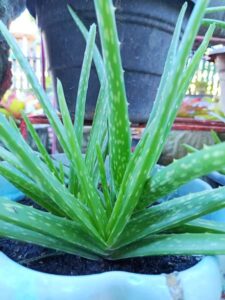
Aloe vera is famous for its soothing gel, which helps burns, cuts, and skin irritations. It’s easy to grow in pots, indoors or outdoors, making it an excellent choice for a beginner-friendly healing garden.
Tip: Allow the soil to dry between waterings; aloe prefers slightly arid conditions.
12. Marjoram
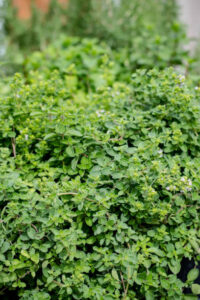
Marjoram is gentle on the stomach and supports digestion, making it a practical addition to your medicinal herb garden.
It’s also easy to grow and maintain a pleasant fragrance in your healing garden.
Tip: Plant in full sun and harvest sprigs regularly to encourage growth.
Tips for Beginner-Friendly Medical Gardens
- Start small: Choose 5–6 herbs first, then expand as you gain experience.
- Sunlight: Most herbs need 6–8 hours of sun daily.
- Soil: Use well-draining soil to prevent root rot.
- Watering: Avoid overwatering — most herbs prefer slightly dry conditions.
- Harvesting: Pick leaves and flowers at peak potency for best results.
Conclusion
Building a medical garden doesn’t have to be complicated.
By starting with beginner-friendly medicinal plants like chamomile, peppermint, lavender, and calendula, you can create a beautiful and practical herbal medicine garden that supports your health naturally.
FAQs
Q1: Can I grow these herbs in containers?
Yes! Many herbs, including peppermint, basil, and aloe, thrive in pots, perfect for small spaces.
Q2: How long until I can harvest my herbs?
Most herbs are ready within 6–8 weeks. Flowering herbs like chamomile or calendula may take slightly longer.
Q3: Are these herbs safe for everyday use?
Generally, yes. Check individual herb safety if pregnant, nursing, or taking medications.
Q4: Do I need a big yard to start a medical garden?
No! You can grow a thriving healing garden in containers, raised beds, or even on a balcony.
